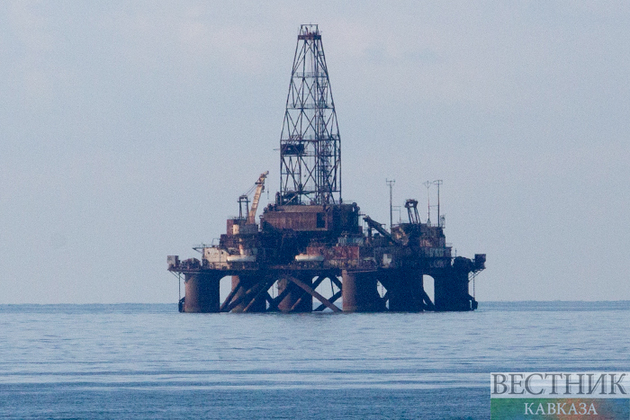Oil prices have risen by 128% from it’s April low as it has steadied above $40 a barrel since mid- June. At the same time, fluctuating demand and rising supply present a bottleneck for those who are expecting oil prices to keep climbing. Nairametrics reports in its article Where is oil headed in the short term? that eeduction of the size of output cuts to 7.7million barrels a day from August, by the group of 23 oil-producing countries which is led by Saudi Arabia and Russia would add about 2 million barrels to the daily oil production levels. Most of the extra OPEC+ crude would not reach the global market. These extra cuts would be used to service internal demand for electricity to run air conditioners as a result of the scorching temperatures across the Arabian Peninsula. Fewer citizens have been travelling to Europe to avoid the scorching temperatures.
Rising supply is not the only thing that will put pressure on crude prices. The anticipation for recovery in demand for oil is also running into problems. At a period when crude prices were at the lowest point in April, China made a record purchasing splurge and subsequently, China’s oil buying decreased. The amount of oil kept in Shandong province haulers and refineries has risen by 28% since mid-May and close to hitting a five-month high. However, there is still an enormous pile-up of vessels that are waiting off the seashores to offload their freights. Some of them have been there for two months.
Temporarily, China’s independent refineries started to decrease their processing rate from record levels in mid-June and massive glut across the country may reduce its demand for gasoline and oil by almost 5%, whilst the decline should be temporary.
Vacation States, like Florida and California, are seeing a rise in COVID-19 cases, with a record number of daily infections and increased death tolls. This has caused travel restrictions and also, ruining demand for both gasoline and jet fuel. The recovery in US gasoline demand stalled shortly after the driving summer season got underway. Crude is being squeezed between rising supply and a stagnating demand recovery, which is going to make the oil bulls uncomfortable. It is plausible supply could overload storage facilities, pipelines and refineries, creating little room for domestic production of oil.
In the past few months, Saudi Arabia, Russia and most OPEC members complied to slashing production. On the other hand, American oil companies are decommissioning rigs and shutting Wells. These developments helped push oil prices remarkably. Oil prices may fall again if there is another surge in Coronavirus cases and death as governments begin allowing businesses to reopen and people might see that as carte blanche to move about more freely.
The US oil companies have started producing oil from the wells they abandoned when the prices sank, after the restoration of wells that were shut earlier this year. There are chances that prices could also fall when haulers filled with more than 50million barrels of crude oil from Saudi Arabia, reach the US in July ending. US oil companies have increased production by 1.2million barrels a day in the past six weeks. Output went as low as 9.7million barrels a day in the second week of June but has risen to 10.9million barrels a day as activity begin to recuperate in the big shale fields on Texas. US production will now balance at about 11million barrels a day through to the end of 2020 which is well below the 13million barrels a day in March before the Saudi-Russian price war and Coronavirus pandemic devastated the US oil prices.






